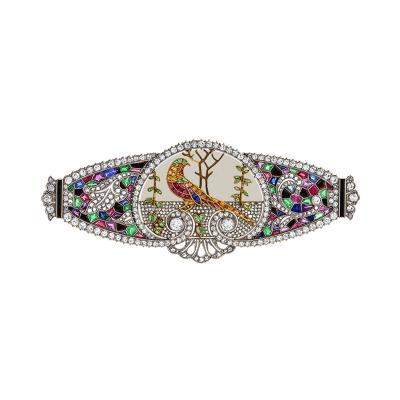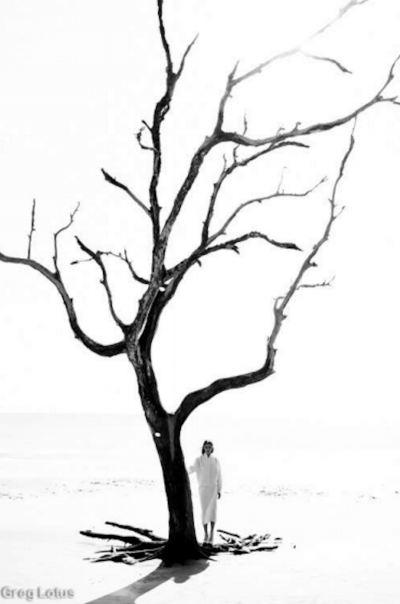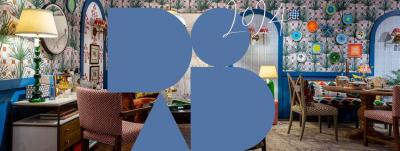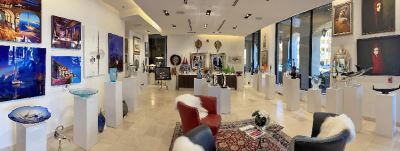Designing with the Times by Cullman & Kravis Associates
Like the rest of us, many of our clients have a collection of family antique furniture that has been passed down through the generations. We love finding ways to incorporate these pieces into our clients’ homes in ways that feel modern and appropriate for today’s style of living. In fact, the juxtaposition of traditional and modern creates an alchemy of old and new that makes a home more personal and interesting. Pairing a traditional chest of drawers with a bold work of modern art, or placing an antique dining table under an angular contemporary light fixture can add dynamism to any space. Antiques also infuse a home with a sense of history and can enliven the environment with their charm and warmth. A beautiful antique can be the centerpiece of a room or a supporting player to a great work of art. The right mix of scale, line, and texture can transform an antique from classic to contemporary.
 |  | |
| Photo by Eric Piasecki. | Photo by Eric Piasecki. | |
| A classical early-nineteenth-century Regency bench, with upholstered end bolsters and gilded elements, presents strong, clean lines and a depth of color that holds its own in concert with the bold contemporary infinity mirror. These two pieces are all that’s needed to make a strong statement at the end of a hallway. | An abstract work by Helen Frankenthaler (1928–2011) hanging above a 1930s black lacquer commode beautifully complements the custom-painted stucco walls. The Asian theme of the japanned commode is enhanced by the lacquered box, carved bust, and gilded elements on its marble top. |
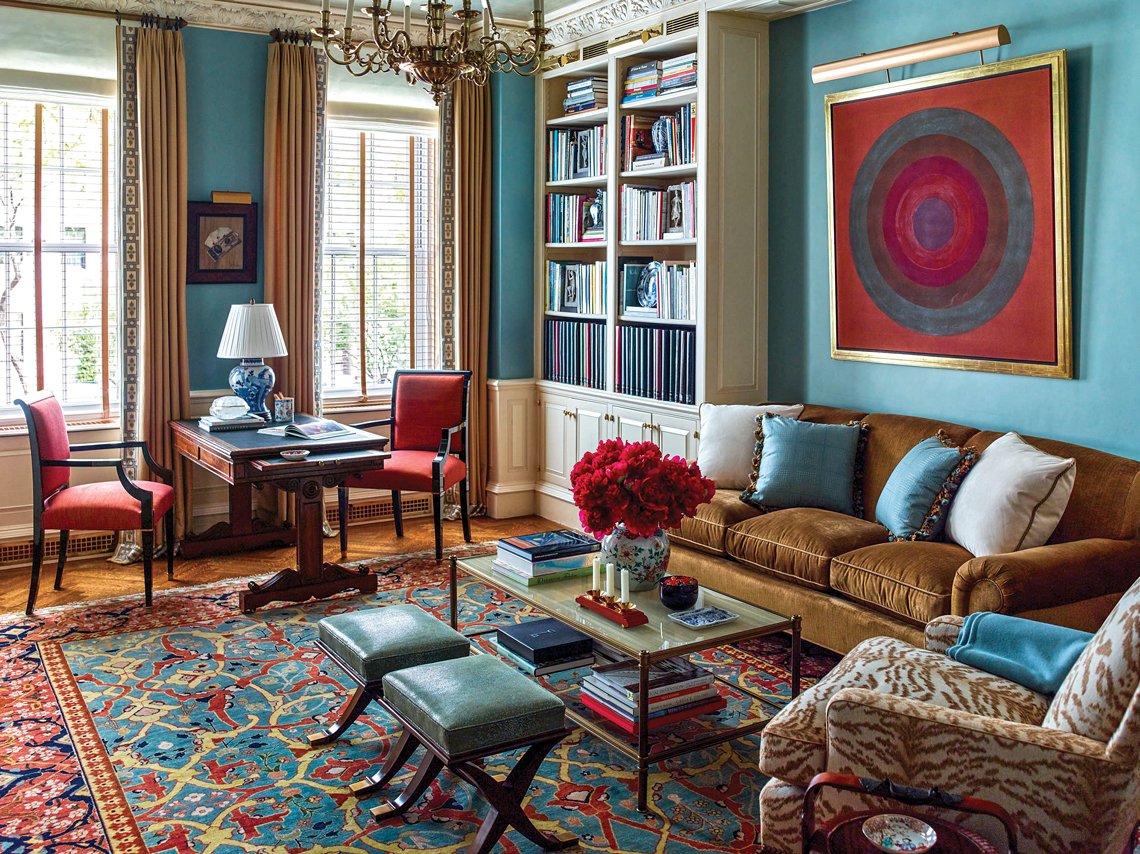 |
| Photo by Eric Piasecki. |
| Antiques, including an elegant nineteenth- century Polish chandelier and a circa-1820 English Regency desk create a sense of tradition in this library. The large Abstract Expressionist painting by Kenneth Noland (1924–2010) above the sofa brings this room into the modern era. The blue walls complement the painting and carpet, with the color scheme also highlighted in the drapes, pillows, ceramics, and other elements. |
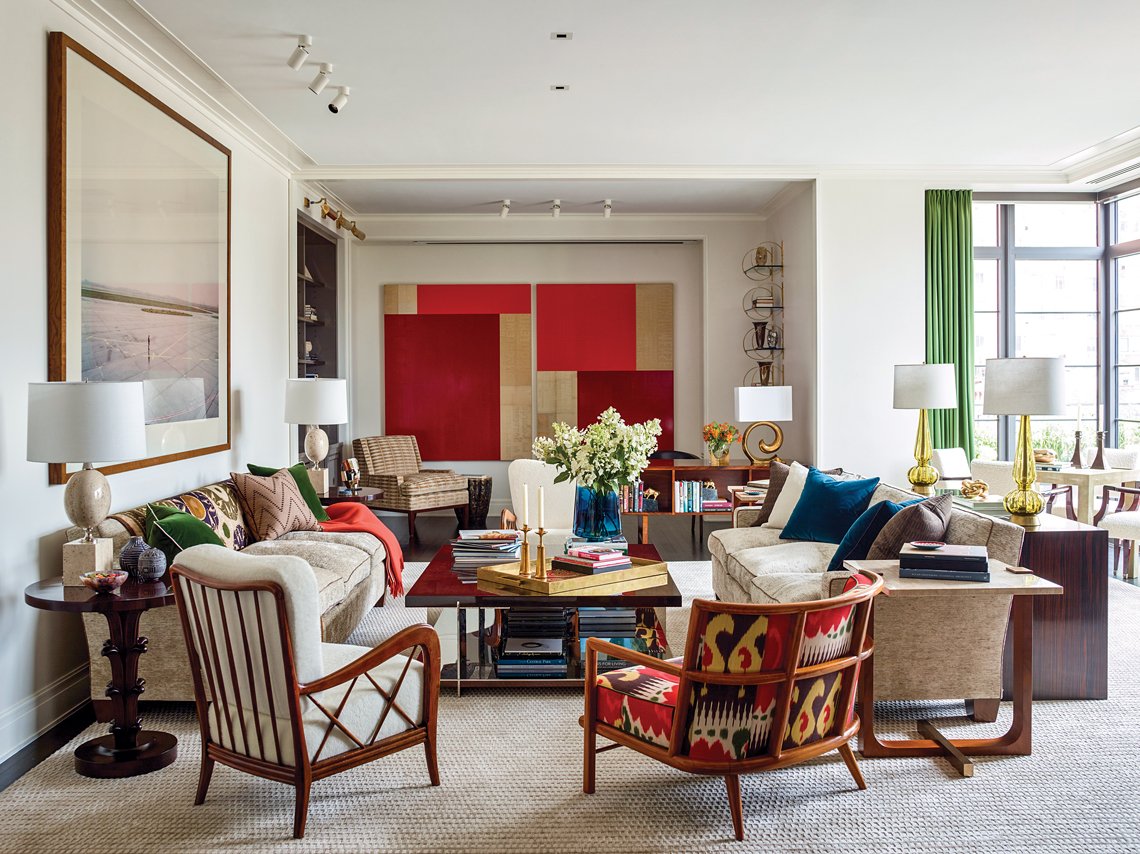 |
| Photo by Eric Piasecki. |
| This multifunctional living room mixes new upholstered furnishings with vintage finds, including the Paolo Buffa lounge chair on the left and a T.H. Robsjohn-Gibbings chair-and-a-half on the right. The earth tones of the furniture and upholstery are picked up elsewhere in the room by elements that include the Robert Kelly panels on the far wall (2013) and by Dusseldorf Flughagen II, a C-Print by Andreas Gursky (1994) that hangs above the sofa. The pair of circa-1960 French travertine sculptural lamps, on the left, and green fluted glass Italian lamps by Barovier, circa 1950, on the right, continue the color palette. |
 |  | |
| Photo by Eric Piasecki. | Photo by Michael Paulson. | |
| The Anglo-Indian calamander wood campaign chest from 1837 hints at travel and distant worlds, a theme that is enhanced by a 1920s Niger room divider and striking digital pigment print by Robert Longo Untitled (Tiger Head 3), 2011. Though nearly two hundred years old, the chest’s clean, straight lines and silvered hardware blend seamlessly with the modern and contemporary furnishings. | To reinforce the juxtaposition of the traditional and the modern, we mixed custom-made upholstered pieces with a range of nineteenth- and early twentieth-century English, Continental, and American furniture. The forms chosen, including the sofa table in the forefront and upholstered armchairs, are straight-lined and statement-making in size, scale, and purpose, rather than decorative and fussy. The linear quality keeps the interiors feeling up-to-date and fresh, further enhanced by the Hans Hoffman painting, which punctuates the space with color. |
Cullman & Kravis Associates is known for providing the highest quality of design excellence and personal service since 1984, collaborating closely with clients to realize their aesthetic ideas and practical needs.
 |  |  |  |  | ||||
Ellie Cullman | Lee Cavanaugh | Alyssa Urban | Sarah Ramsey | Claire Ratliff |
Cullman & Kravis Associates, Inc.
790 Madison Avenue, 7th floor
New York, NY 10065
212.249.3874
cullmankravis.com















